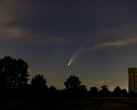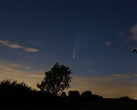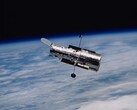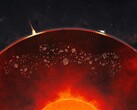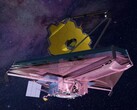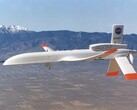For centuries, the human being has wondered if he is alone in the universe and if other civilizations would not exist outside of the Milky Way, but also within it. And if currently, no formal evidence of life has been discovered outside our planet, recent work suggests that astronomers and scientists have missed many planets that could harbor life.
Indeed, a study published in The Astrophysical Journal earlier this year states that a dead star, also called a white dwarf, would be capable of harbouring several planets on which life could develop. And it is a major turning point, because today, research is mainly carried out on stars that produce heat and have nuclear activity at their center, as is the case with the Sun.
Therefore, for white dwarfs, although there is no longer any nuclear activity, they still produce heat. Thus, on this subject, Aomawa Shields, professor at the University of California at Irvine, tells the US National Science Foundation:
“Our computer simulations suggest that if rocky planets exist in their orbits, these planets could have more habitable real estate on their surfaces than previously thought.”
As a result, if we refer to our galaxy, the Milky Way, there are more than 10 billion white dwarfs, according to the researchers who carried out this study. And taking into account that each star has several planets orbiting it, the chances of life developing elsewhere increase dramatically.
However, due to this large number, the research will take years. And the first results could also prove disappointing, although surprises may emerge in the future. In other words, the possibilities of discovering another form of life are higher, but there is still uncertainty about it.






